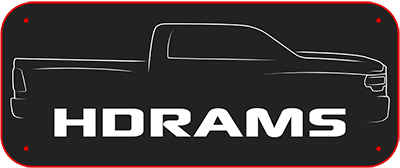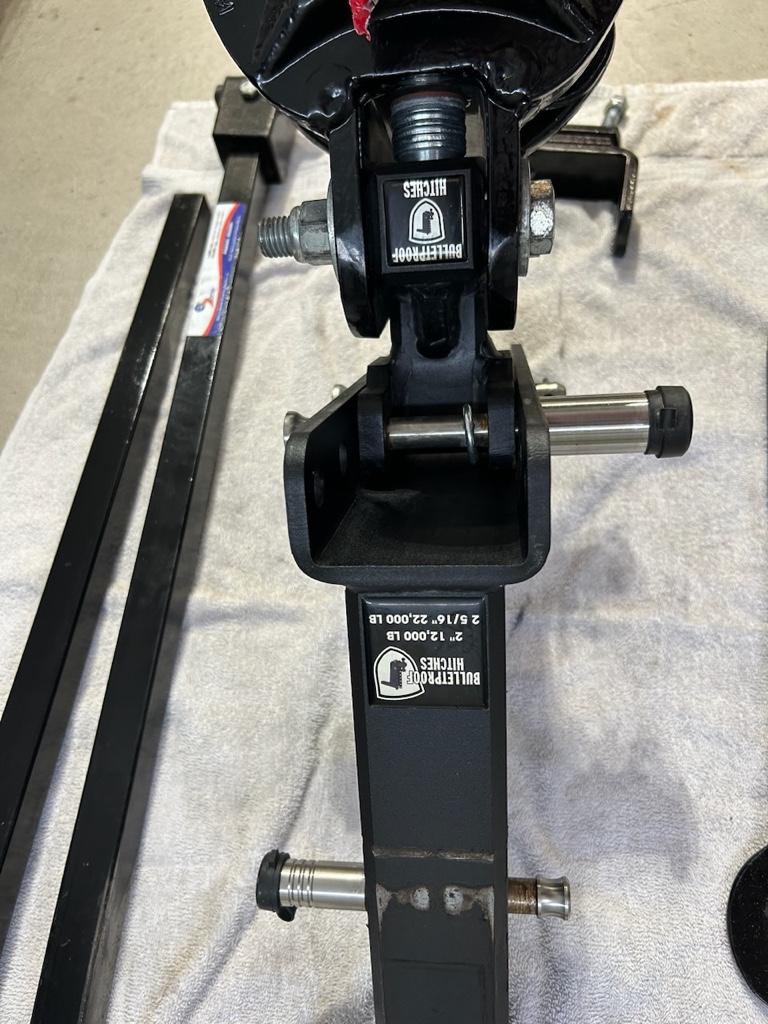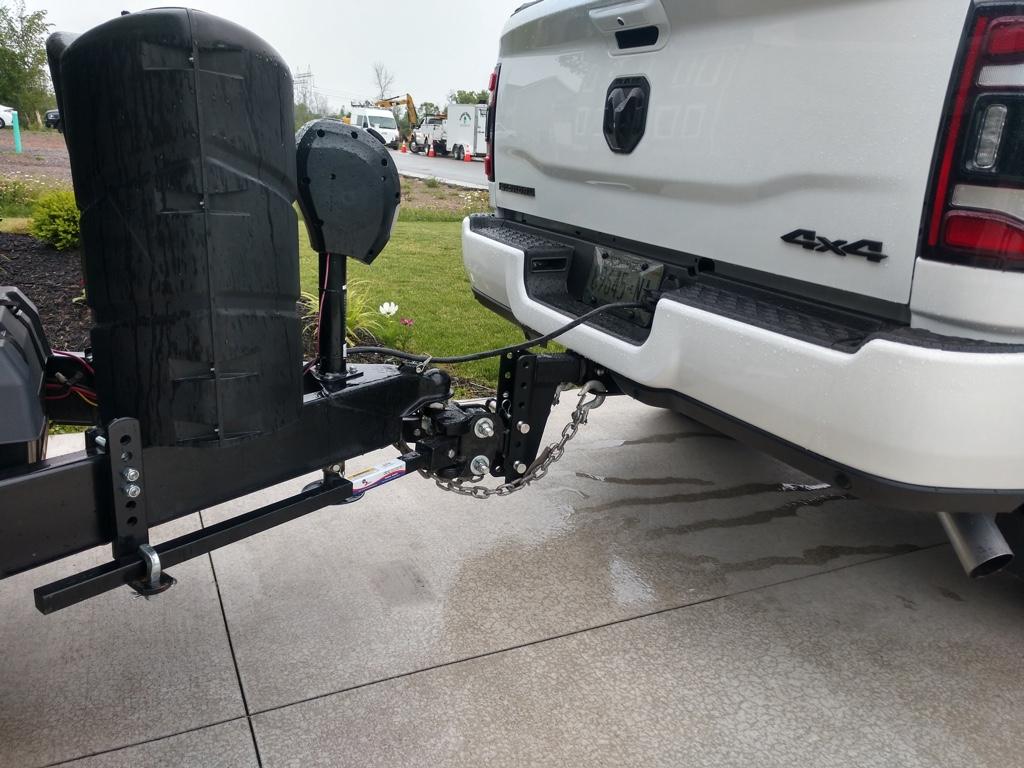Just to re-ignite the physics of weight distribution, airbags, and sway:
First - each of those terms is a separate thing, but not mutually exclusive of the others,
Second - airbags do not return any weight to the front axle (more than minor) they just raise the rear to compensate for loading,
Third - weight distribution DOES return "weight" or technically, MOMENT, to the front axle.
In a properly configured system, the Rear Axle is the Fulcrum, the front end is one end of the Lever, and the Hitch is the other end. As you push down on the hitch, the moment of the vehicle rotates around the rear axle, removing moment from the front wheels. Rather than explaining Center of Gravity to the average overloaded F-150 drivers, WDH manufacturers just say "returns weight to the front axle".
Here's the formula for weight and balance:
Weight X Arm (usually the CG point in this case, unloaded) = Moment.
Total Weight / Total Moment = Center of Gravity.
If you truly want to evaluate your WDH setup, take your truck to a scale, figure out the unloaded front axle weight, rear axle weight, and the distance between the two. Then go back with your load, and measure the same plus the trailer weight, the distance to the load (trailer) axles, plus the distance from each axle to the pivot point (hitch).
Distances behind your rear axle are a negative number in your calculations (as they move moment or CG behind your fulcrum).
Distances in front of your rear axle are a positive number...as the move your moment/CG forward to the normal unloaded position.
You can ignore the Hitch Pivot to Trailer Axle weight/balance calculations if you're just curious about restoring pressure or load back to the front axle.
Then put on a WDH, and go do it all again (but luckily, your distances should be the same)...
Of course, manufacturers could do the math and provide you with an envelope, like aircraft engineers do, of a safe loading range...but they know what kind of knuckledraggers buy a Chevy Silverado 1500 and overload it... so they don't want the headache of teaching under-educated suburbanites how to do basic math.
Or, just accept that a properly configured WDH returns "Weight" back to the front axle, effectively making steering and total balance ... better.



